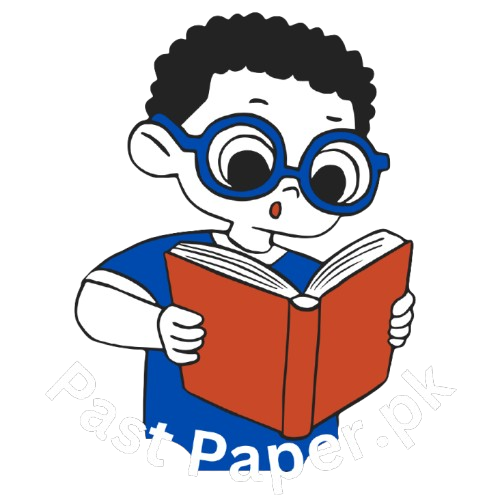CSS Economics Past Paper 2022
PAPER-I (Subjective) 80 Marks
PART-II
Attempt ONLY FOUR questions from PART-II. (20×4)
Q. No. 2. Differentiate among the own price elasticity, cross-price elasticity, and income elasticity of demand. Explain the practical significance/uses of own price elasticity and income elasticity of demand.
Q. No. 3. What happens to interest rate if prices change along a given Aggregate Demand schedule? Explain with the help of IS-LM model.
Q. No. 4. Discuss the significance of investment in human capital for economic development in Pakistan. How the brain drain from a developing country retards the process of economic development?
Q. No. 5. Differentiate among the tax, fee, and price. Express your views about tax collection to GDP ratio in Pakistan. Suggest measures to enhance and rationalize tax revenue in Pakistan.
Q. No. 6. State and explain the functions of a central bank. How successful has the State Bank of Pakistan been in achieving its objectives over time? Discuss.
Q. No. 7. Specifically describe the types of inflation. Which type of inflation is the most disturbing in Pakistan? Suggest measures to address the identified inflation problem.
Q. No. 8. Write short notes on any two of the followings.
(i) Size distribution vs. functional distribution of income
(ii) Privatization
(iii) International trade and cartels
PAPER–II (Subjective) 80 Marks
PART-II
Attempt ONLY FOUR questions from PART-II. (20×4)
Q. No. 2. “In Pakistan, poverty is a rural phenomenon.” Elaborate this statement keeping in view the uni-dimensional and multidimensional aspects of poverty.
Q. No. 3. Keeping the economic, political, and social systems in perspective, what should be the successful planning strategic framework for Pakistan to achieve Sustainable Development Goals (SDGs) by 2030?
Q. No. 4. Under CPEC initiatives, what kind of industry needs to be promoted across the trade routes and why? Explain in the context of proposed industrial zones in the country.
Q. No. 5. What are the trends and tendencies of imports and exports of Pakistan? How can the country enhance its “terms of trade” favorable with particular reference to trade with China?
Q. No. 6. Clarify the difference between conventional banking and interest-free banking. How can interest-free banking help in the economic and financial development of Pakistan?
Q. No. 7. Nobel Laureate Richard H. Thaler has made economics more human. Keeping his ideas of Behavioral Economics in mind, what sort of revolutionary changes are required in the socio-economic fabric of Pakistan?
Q. No. 8. Write logical notes on two of the following:
(i) Environmental Degradation
(ii) Debt Dilemma of Pakistan
(iii) Impact of Climate Change
